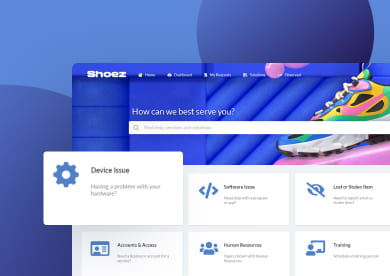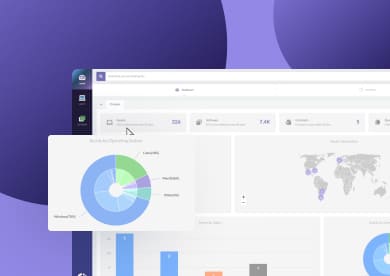Keeping up with the latest IT statistics comes with a major advantage: they provide a clear snapshot of where the industry is headed. But navigating them can be a bit overwhelming and time-consuming, especially when the information is scattered across different sources.
To make that process easier and help you stay on top of trends throughout the year, we’ve gathered 37 essential IT statistics in one place. We aimed for a broad selection so you can focus on the ones that matter most to you. Plus, we’ve organized them into categories to make reading and referencing them a breeze.
Let’s dive in!

IT industry overview statistics
- Global IT spending is expected to grow between 5.7% and 8% in 2024 (2024 Technology Industry Outlook).
- AI-related investments are projected to reach $200 billion globally by 2025, led by the United States (2024 Technology Industry Outlook).
- More than 50% of Fortune 500 companies referenced AI in their earnings calls in 2023, signaling its increasing role in business strategy (2024 Future Today Institute Tech Trends Report).
IT security and cybersecurity statistics
- 68% of organizations suffered a cyberattack in 2023, highlighting the growing cybersecurity threats worldwide (2024 Global Cybersecurity Index).
- 90% of cloud data breaches were caused by misconfigured APIs (2024 State of Multicloud Security Risk Report).
- 45% of organizations experienced one or more cyberattacks in the past 12 months, with phishing and credential theft being the most common (2024 MixMode State of AI in Cybersecurity Report).
- Cybersecurity workforce demand grew by 12.6% in 2023, but the gap between available professionals and industry needs also widened (2024 Global Cybersecurity Index).
- The global average cost of a data breach was estimated at $4.45 million in 2023 (2024 Global Cybersecurity Index).
- AI-generated deepfake scams increased by 150% in the past year, significantly impacting businesses through fraud and misinformation (2024 CCAPAC Report on AI and Cybersecurity).
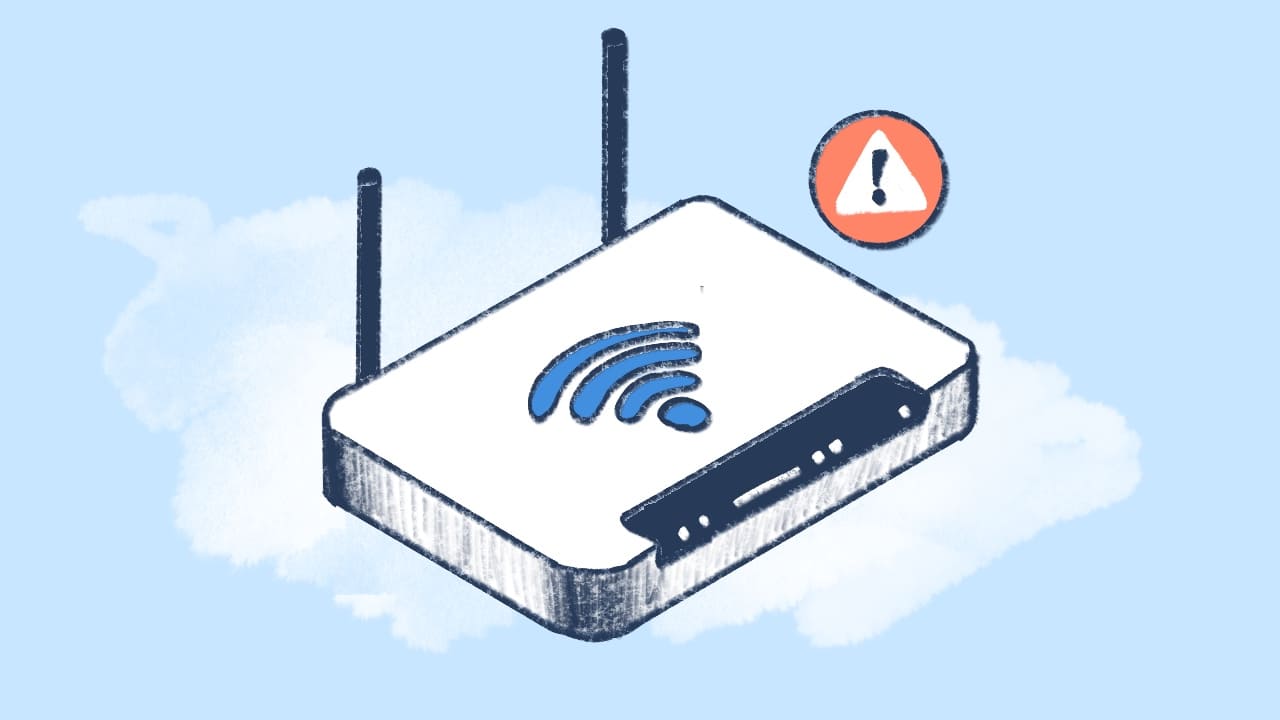
IT Asset Management and infrastructure statistics
- 55% of IT workloads are now hosted off-premises, continuing the shift toward hybrid cloud architectures (2024 Uptime Institute Global Data Center Survey).
- Enterprises are increasing spending on data center capacity, with 54% of owner-operators and 56% of colocation providers planning expansions (2024 Uptime Institute Global Data Center Survey).
- Four in five operators believe their most recent major downtime incident was preventable with better management, processes, or configuration (2024 Uptime Institute Global Data Center Survey).
- Fewer than 50% of data center owners track sustainability metrics, despite rising regulatory and environmental pressures (2024 Uptime Institute Global Data Center Survey).
Cloud computing and virtualization statistics
- 86% of organizations have adopted a multicloud approach (2024 State of Multicloud Security Risk Report).
- Public cloud spending is forecasted to increase by more than 20% in 2024 (2024 Technology Industry Outlook).
- The proportion of workloads hosted in public cloud is now projected to be 13% by 2026, lower than previous forecasts, as organizations rebalance their cloud strategies (2024 Uptime Institute Global Data Center Survey).
Software development and DevOps statistics
- 65% of code repositories contained source code vulnerabilities in 2023 (2024 State of Multicloud Security Risk Report).
- 44% of professional developers are already using AI tools in their development process, with another 26% planning to do so soon (2024 Technology Industry Outlook).
- AI-assisted software development increased productivity by 74%, with developers leveraging AI tools to accelerate coding and debugging (2024 Future Today Institute Tech Trends Report).
Artificial intelligence and automation in IT
- 91% of vendors believe AI will be widely used in cybersecurity defenses within the next five years, despite concerns about AI-driven cyberattacks (2024 CCAPAC Report on AI and Cybersecurity).
- 70% of respondents say AI is highly effective in detecting previously undetectable threats, improving security posture (2024 MixMode State of AI in Cybersecurity Report).
- AI-powered tech tools could free up an average of four hours per week for professionals in the next year, potentially saving 200 hours annually (2024 Future of Professionals Report).
- Generative AI investment surged to $25.2 billion in 2023, nearly eight times higher than in 2022 (2024 AI Index Report).
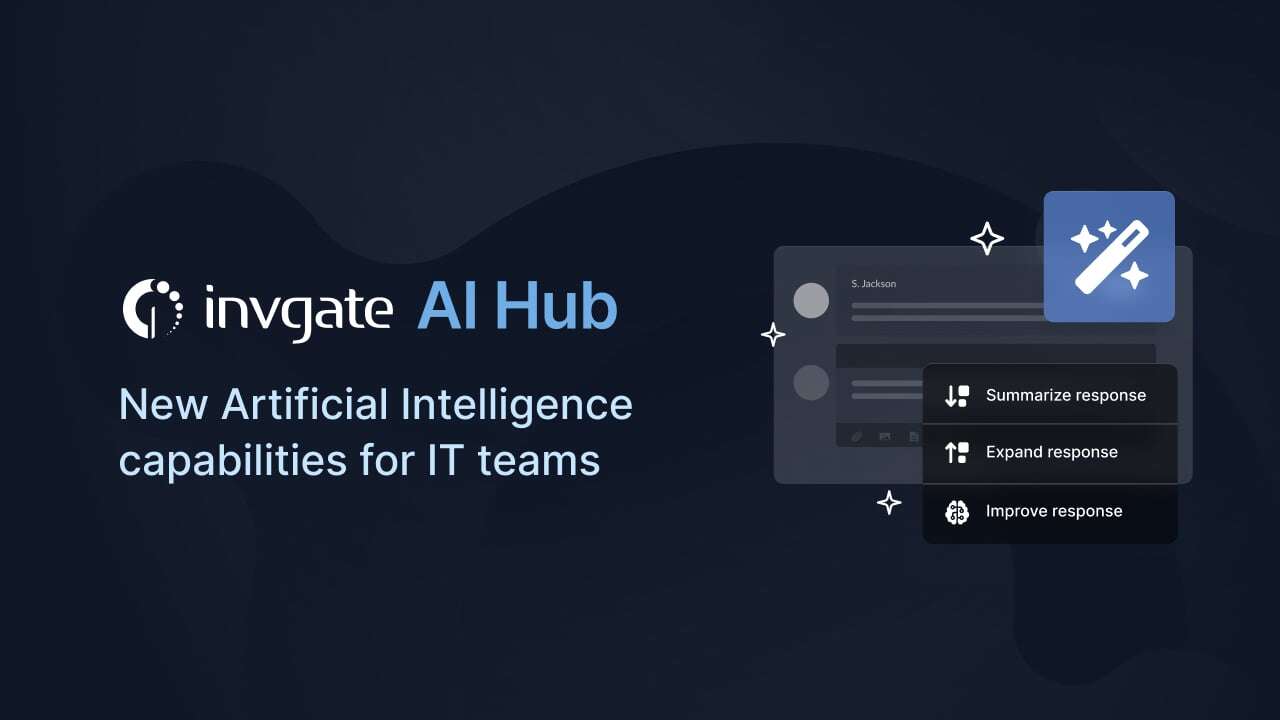
IT compliance and regulatory statistics
- 166 countries are part of international cybersecurity agreements, but the effectiveness of these agreements remains a challenge (2024 Global Cybersecurity Index).
- The number of AI-related regulations in the U.S. increased by 56.3% in 2023, reaching a total of 25 AI-specific laws, up from just one in 2016 (2024 AI Index Report).
Emerging technologies in IT
- Quantum computing investments reached $3 billion in 2023, as industries increasingly explore its potential applications (2024 Future Today Institute Tech Trends Report).
- Enterprise technology adoption patterns follow an S-curve, with AI and cloud leading adoption, while robotics, quantum computing, and immersive-reality technologies remain in early experimental phases (2024 McKinsey Technology Trends Outlook).
- Many quantum computing companies are driving innovation in this space, working to make these technologies more commercially viable.
- AI incidents increased by 32.3% in 2023, highlighting growing concerns over AI safety and reliability (2024 AI Index Report).
IT workforce & skills development
- 77% of professionals believe AI will have a high or transformational impact on their work over the next five years, up from 67% in 2023 (2024 Future of Professionals Report).
- 85% of professionals predict new AI-related roles will emerge, rather than widespread job loss, with demand increasing for AI specialists and cybersecurity experts (2024 Future of Professionals Report).
- 54% of professionals feel they don’t have enough time to complete everything they need to do in their current roles, highlighting the potential efficiency gains from AI (2024 Future of Professionals Report).
AI in cybersecurity & automation
- 94% of security professionals agree that AI-powered threat detection is essential for modern cybersecurity, but only 42% of organizations have fully adopted AI-driven security solutions (2024 CCAPAC Report on AI and Cybersecurity).
- Organizations receive an average of 22,111 security alerts per week, of which 51% can be handled by AI without human intervention (2024 MixMode State of AI in Cybersecurity Report).
- The use of generative AI has increased cyberattack speed by up to 70%, allowing attackers to automate and refine their strategies more efficiently (2024 CCAPAC Report on AI and Cybersecurity).
AI ethics & Risk Management
- Public nervousness about AI has risen, with 52% of people expressing concerns about AI’s impact, marking a 13 percentage point increase from 2022 (2024 AI Index Report).
- Closed AI models outperform open AI models by an average of 24.2% across major benchmarks, raising concerns about access and competition in AI development (2024 Future Today Institute Tech Trends Report).
Unlocking The Future of IT
Discover the knowledge you need to prepare for the next era of Service Management.
Download for free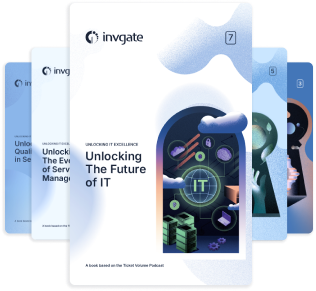
Conclusion
One thing is for sure: the IT landscape is evolving at an unprecedented pace. So, we need to keep up. These 37 key statistics highlight the major trends, challenges, and opportunities that IT professionals must keep an eye on in 2025.
From the surge in AI adoption and automation to the increasing complexity of cyber threats and security regulations, staying informed is more critical than ever. As businesses continue to invest in emerging technologies and workforce development, organizations that proactively adapt to these shifts will be better positioned for success.
Keeping track of these trends will help you navigate the evolving IT ecosystem, optimize strategies, and make data-driven decisions for the future. Which trend do you think will have the biggest impact in 2025?
